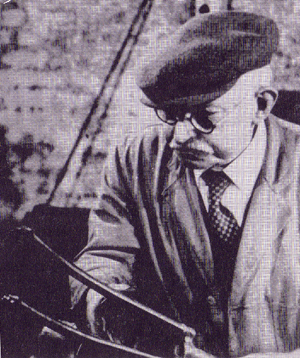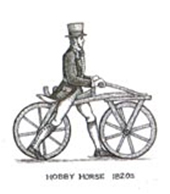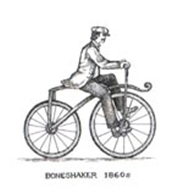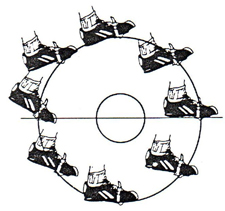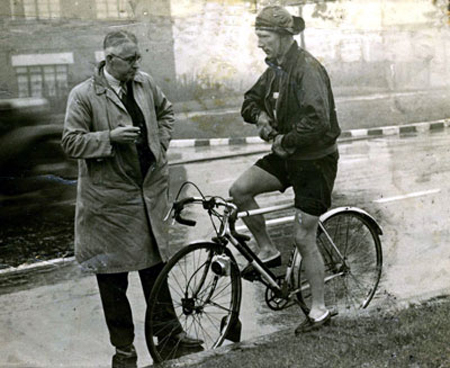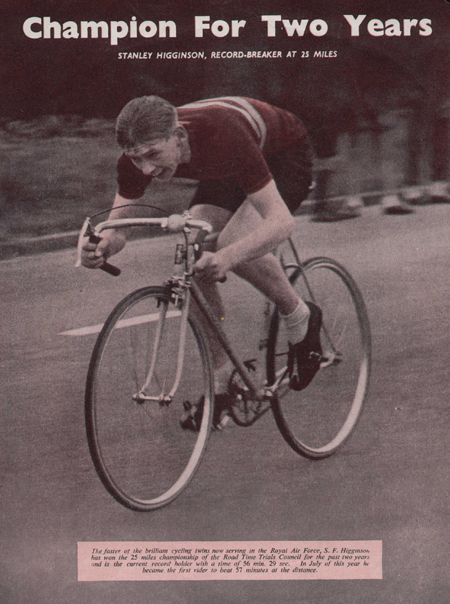Rik Van Looy: King of the Classics
 Mon, March 15, 2010
Mon, March 15, 2010  Belgian cyclist Rik Van Looy is from my generation; he is a little over two years older than me.
Belgian cyclist Rik Van Looy is from my generation; he is a little over two years older than me.
Spending his childhood the duration of WWII, when his country was occupied by Germany.
His eleventh birthday would have come and gone through some of the fiercest fighting of the war as the allied armies advanced though Belgium in the closing days of 1944.
In 1952 at 18 years of age, Van Looy won the Belgian amateur road championship; he turned professional the following year.
Nicknamed "King of the Classics," he was the first cyclist to win all five one day classic races, a feat since achieved by only two other riders, fellow Belgians Roger De Vlaeminck and Eddy Merckx.
Rik Van Looy may not have even started bike racing but as a young boy in the late 1940s he delivered newspapers on a heavy bicycle.
Because the first part of his name was the same as a Belgian cycling superstar of that time, he was constantly teased and called Rik Van Steenbergen.
What a thrill it must have been for the young Van Looy in 1956 when he won a Silver Medal in the World Road Championship behind none other than Rik Van Steenbergen.
1956 would be a great season for the 22 year old Rik Van Looy, earlier that year he had won the Paris - Bruxelles race beating Bernard Gauthier, and this time Rik Van Steenbergen made third place. (See picture below.)
 Above: Twenty-two year old Van Looy on his way to winning the 1956 Paris-Bruxelles race. Looking relaxed with 23 kms to go in the 293 km (182 miles.) race. (Picture from Aldo Ross's Pic of the Day.)
Above: Twenty-two year old Van Looy on his way to winning the 1956 Paris-Bruxelles race. Looking relaxed with 23 kms to go in the 293 km (182 miles.) race. (Picture from Aldo Ross's Pic of the Day.)
Rik Van Looy won the World Road Race Championship in 1960 and 1961, he was 2nd in 1956 and 1963, also 4th in 1957. He won the Paris - Roubaux three times in 1961, 1962, and 1965
In other one-day races, Van Looy won the Paris-Tours in 1959 and 1967, the Ghent-Wevelgem in 1956, 1957, and 1962. He won the Milan - San Remo in 1958, and the Fleche Wallone a decade later in 1968.
Other classic wins were, Tour of Flanders in 1959, and 1962, the Liege - Bastogne - Liege in 1961, and the Tour of Lombary in 1959.
In the Grand Tours, he won the Points Jersey in the 1963 Tour de France and the Mountains Jersey in the 1960 Giro d’Italia. In 1959 and 1965 Van Looy was 3rd overall and won the points jersey in the Vuelta a Espana.
He racked up a total of 7 stage victories in the TDF, 12 in the Giro d’Italia, and 18 in the Vuelta a Espana.
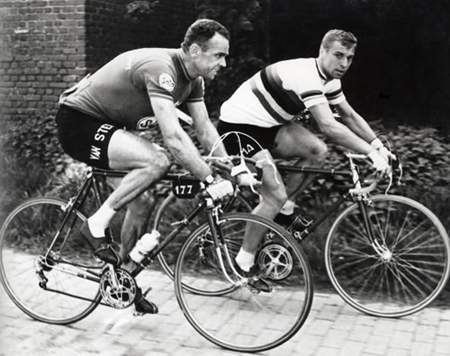 Above: Rik I and Rik II, as they were sometimes called. Rik Van Steenbergen (Nearest the camera.) and Rik Van Looy, wearing the World Champion's "Rainbow" Jersey.
Above: Rik I and Rik II, as they were sometimes called. Rik Van Steenbergen (Nearest the camera.) and Rik Van Looy, wearing the World Champion's "Rainbow" Jersey.
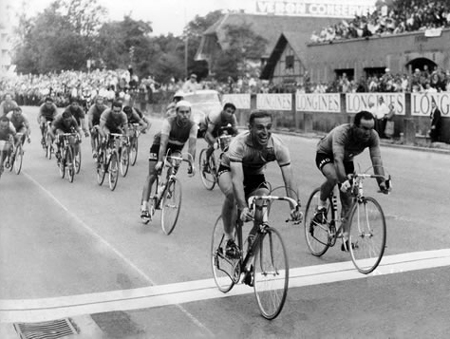 Above: Rik Van Looy wins the 1961 World Championship ahead of Nino Defilippis (Italy.) and Raymond Poulidor (France.)
Above: Rik Van Looy wins the 1961 World Championship ahead of Nino Defilippis (Italy.) and Raymond Poulidor (France.)
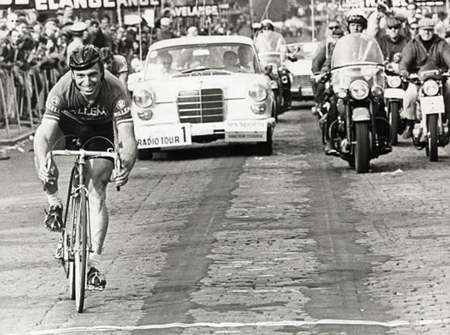 Above: Rik Van Looy wins the 1968 Faleche Wallone. No victory salute, just a huge smile.
Above: Rik Van Looy wins the 1968 Faleche Wallone. No victory salute, just a huge smile.
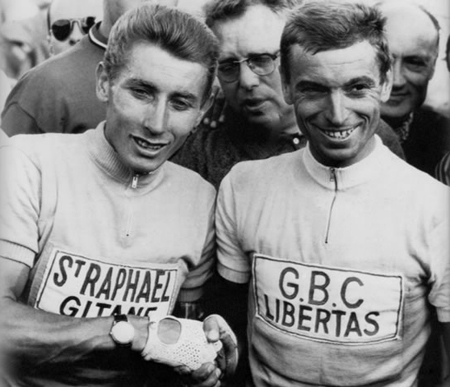 Above: Jacques Anquetil in the winner's Yellow Jersey (Left.) with Rik Van Looy wearing the Points Winner Green Jersey at the end of the 1963 Tour de France.
Above: Jacques Anquetil in the winner's Yellow Jersey (Left.) with Rik Van Looy wearing the Points Winner Green Jersey at the end of the 1963 Tour de France.
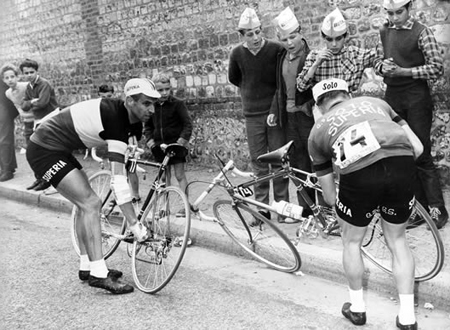 Above: Edgard Sorgeloos (Right.) gives a wheel to Van Looy during the 1962 Belgian Road Championship.
Above: Edgard Sorgeloos (Right.) gives a wheel to Van Looy during the 1962 Belgian Road Championship.
Rik Van Looy’s professional career spanned eighteen seasons; sandwiched between fellow Belgians Rik Van Steenbergen and Eddy Merckx. Beginning at age 19 in late 1953 and ending at age 36 in 1970. During this time, he racked up an impressive 379 professional road victories.
Like Van Steenbergen, most of Van Looy's victories were attributed to his dynamic finishing sprint. Also a star on the track, winning eleven Six-Day races between 1957 and 1968. For nine of these victories he was paired with Dutchman Peter Post
Footnote:
Coincidentally, the Milan-San Remo race was first held this day on March 15th 1907 and known as "La Primavera" after the early blooming primrose flower, Milan-San Remo is the first of cycling's monuments on the calendar and is held in mid March.
As the name implies, the race runs from Milan, Italy to San Remo, a town on the Italian Riviera. The 180 mile (290 km) course includes one major climb, The Turchino, and a few smaller climbs.
Other pictures from this Rik Van Looy site

















